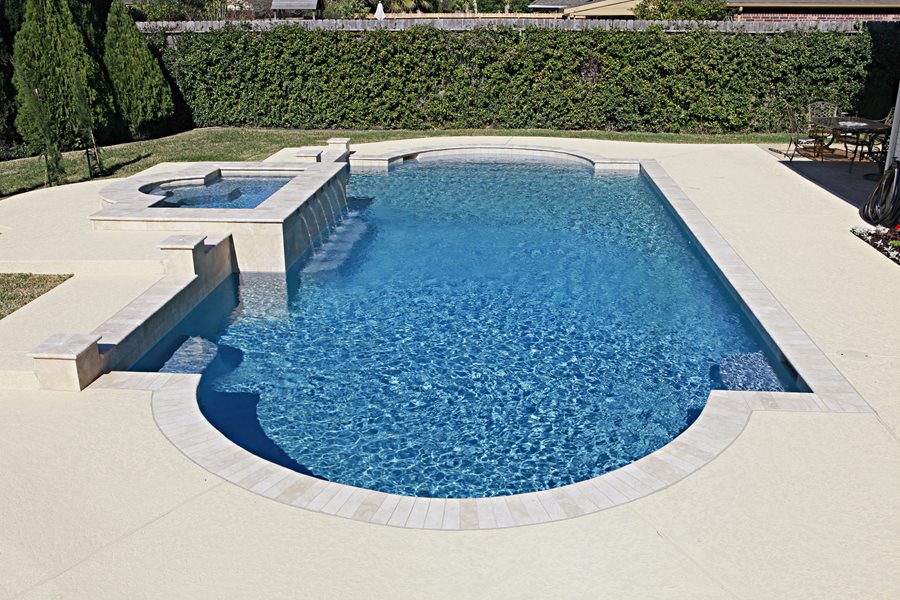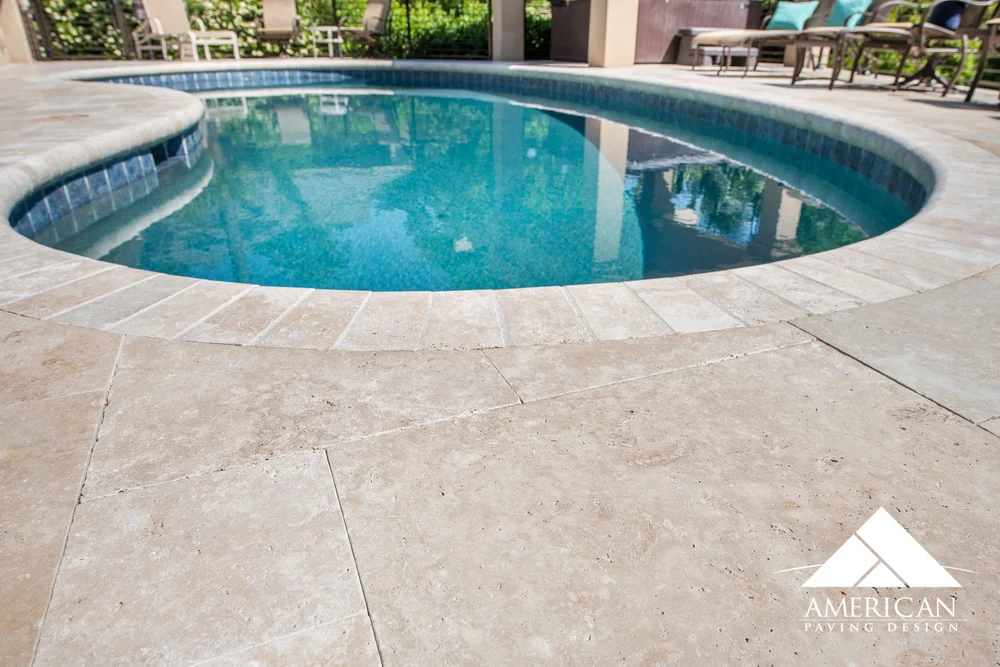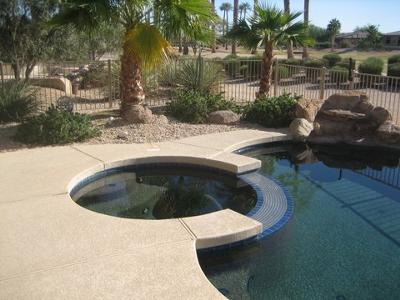
Travertine pool coping is one of the most popular and attractive materials for pool decks. It not only adds a stylish and modern look to your pool but also provides a slip-resistant surface that is durable and easy to maintain. In addition, travertine is a natural stone that is resistant to the elements and can last for many years without needing to be replaced.
What is Travertine Pool Coping?
Travertine pool coping is a type of stone that is used to surround the perimeter of a swimming pool. It is a versatile material that can be used to create many different designs and styles. Travertine pool coping is available in a variety of colors, textures, and sizes to match any décor. It is also a cost-effective option that can provide a luxurious look without breaking the bank.
Benefits of Travertine Pool Coping
There are many benefits to using travertine pool coping. First, it is durable and can withstand the weather and other elements. It is also easy to clean and maintain, and it won’t fade over time. Travertine is also slip-resistant, so it is a great choice for pool decks. Additionally, it adds a stylish and modern look to your pool area.
Installing Travertine Pool Coping
Installing travertine pool coping is not a difficult task, but it is important to make sure that it is done properly. First, the area around the pool should be cleared and leveled. Next, the travertine should be laid in the desired pattern and secured with mortar. Once the travertine is in place, it should be sealed to protect it from water and other elements. Finally, the area should be finished with a coat of sealant.
Creating a Pool Deck
Once the travertine pool coping has been installed, it is time to create a pool deck. The most popular material for pool decks is concrete, as it is durable, cost-effective, and easy to maintain. When creating a concrete pool deck, it is important to make sure that the concrete is properly cured and sealed before any furniture or other items are placed on it. Additionally, it should be sloped away from the pool to prevent standing water.
Tips for Installing Travertine Pool Coping
Make sure the area around the pool is cleared and leveled before installing travertine.
Be sure to lay the travertine in the desired pattern and secure it with mortar.
Seal the travertine to protect it from water and other elements.
Make sure the concrete pool deck is properly cured and sealed before any furniture or other items are placed on it.
Be sure to slope the concrete pool deck away from the pool to prevent standing water.
Conclusion
Travertine pool coping is a great choice for pool decks. It is durable, easy to clean and maintain, and it adds a stylish and modern look to your pool area. Installing travertine pool coping is not a difficult task, but it is important to make sure that it is done properly. Additionally, when creating a concrete pool deck, it is important to make sure that it is properly cured and sealed before any furniture or other items are placed on it. With a little bit of care and attention, your pool deck will look great and be able to withstand the elements for many years to come.
Images Related to Travertine Pool Coping With Concrete Deck:
Stamped Concrete Pool Deck | Travertine pool decking, Swimming pool decks, Travertine pool

What Are Travertine Pavers? The Insider's Guide To This Flawless Pool Deck Material — American Paving Design

travertine pavers over concrete kool decking around pool
